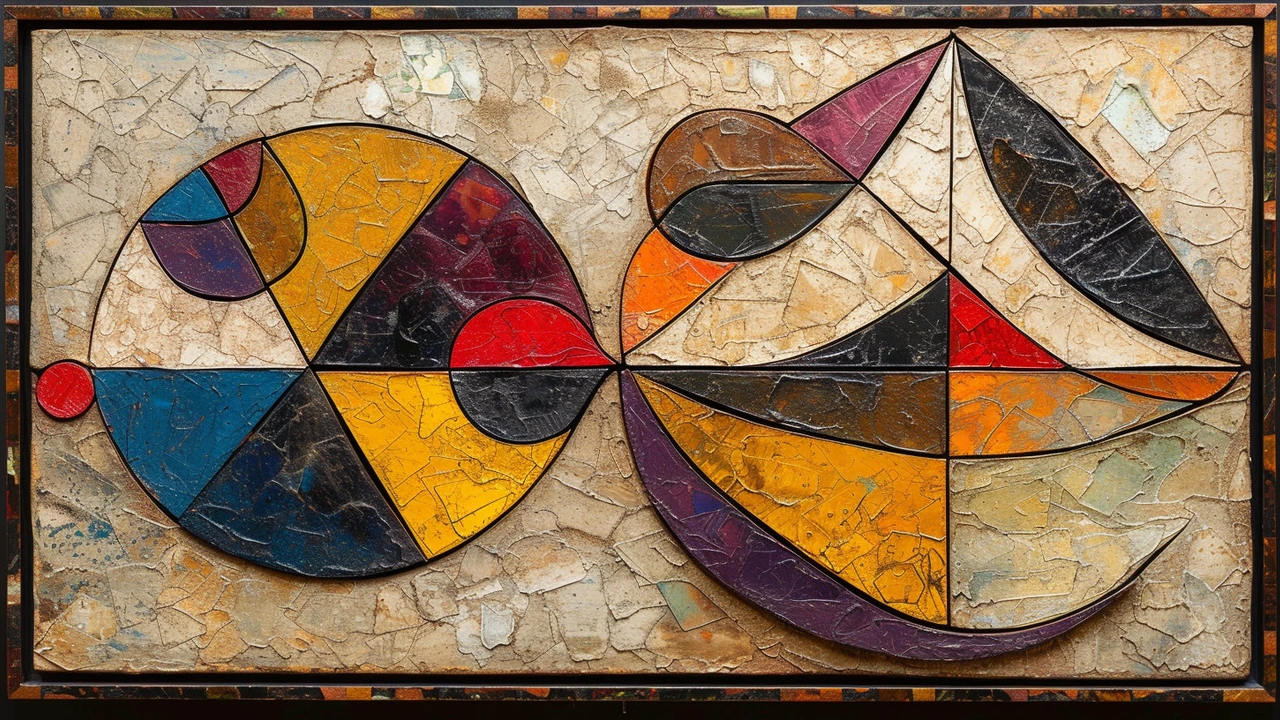So, we're diving head-first into the wild and wonderful world of Deconstructivism, folks! This isn't your grandma's art movement. It's like Picasso and The Hulk had a baby and decided to raise it in a world made of Jenga blocks. This is all about breaking the norm, mixing things up, and finding creativity in chaos. In a nutshell, it's about creating beauty from the unexpected, and let me tell you, it's as exciting as a roller coaster ride with a blindfold on!
Unleashing Creativity in Architecture
Architecture borrows from history, tech, and everyday life — and that mix is where fresh ideas come from. If you want to spark creativity, the trick is simple: learn widely, test fast, and break one rule at a time.
Start by studying styles you wouldn’t normally pick. Look at Renaissance balance, Beaux-Arts ornament, Greek Revival proportion, Constructivist boldness, and High‑Tech material honesty. Don’t just admire images — copy small details by hand, sketch facades, and note how windows, columns, and roofs solve problems. Those details become building blocks for new solutions.
Make quick experiments. Use cheap materials—cardboard, foam, scrap metal—to build models that answer one question: how does light move, or how does structure feel? A plywood mockup of a courtyard or a paper study of a dome teaches more about scale and shadow than three digital renderings. Fast models expose ideas that either work or fail, and failures teach faster.
Change the constraint to spark ideas. Limit yourself to three materials or a tight budget. Or flip a brief: design a public library as if it needed to feel like a market, or a house like a theatre. Constraints force choices and those choices reveal novel forms.
Mix old and new. Reuse classical rhythm with modern materials. Pair a Georgian sash window pattern with a glass curtain wall. Use Roman arch proportions but build in steel. The goal isn’t pastiche—it’s a clear, practical link between meaning and method.
Collaborate outside architecture. Talk to artists, engineers, chefs, or theater directors. A chef’s approach to layering flavors can translate into how you layer textures and routes through a building. Engineers can suggest structure-first ideas that free up the form. These cross-pollinations keep designs honest and surprising.
Create a short ritual to keep ideas flowing. Walk a new neighborhood once a week, take photos of three interesting details, and write a one-sentence reason why they mattered. Over months you’ll see patterns and preferences emerge—raw material for fresh projects.
Use digital tools, but don’t let them lead. Parametric software and VR are powerful for testing complex geometry, yet the earliest spark often comes from a sketch. Start on paper, iterate in models, then refine digitally. That order keeps ideas human and practical.
Finally, show work early and often. Share sketches with peers, post quick renders, ask blunt questions: “Does this feel open or closed?” Feedback saves time and guides refinement. Creativity isn’t a solo lightning strike; it’s a steady craft built from wide reading, hands-on making, tight constraints, and honest feedback.
Try these quick prompts
Sketch a façade mashup: take a Beaux‑Arts cornice, a High‑Tech skin, and a Greek column rhythm; resolve them into one block study.
Build a 1:20 model that focuses only on daylight—no finishes, just holes and planes to study shadow and glare.
Rewrite a program: design a small museum that prioritizes smell and touch as much as sight and see what changes.
Repeat every week, track progress. Small, repeated actions add up fast—and that’s how bold, usable architecture starts now.

